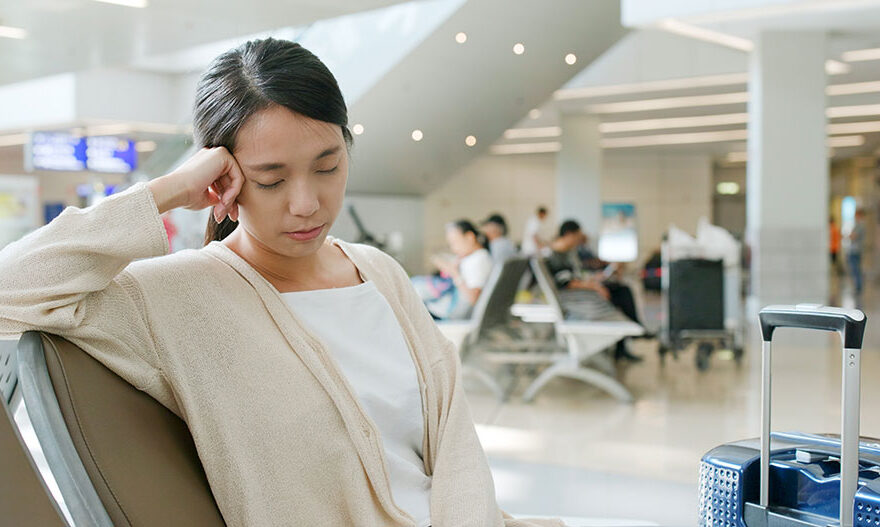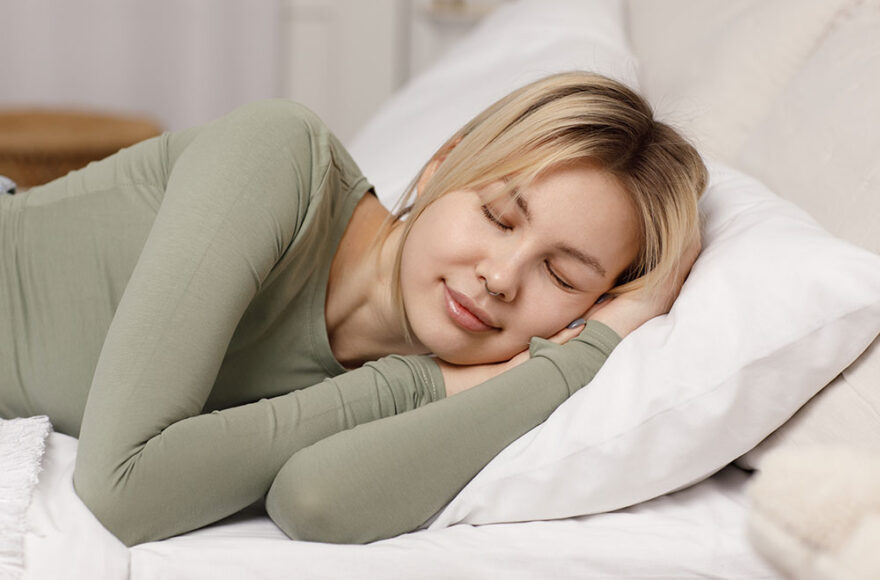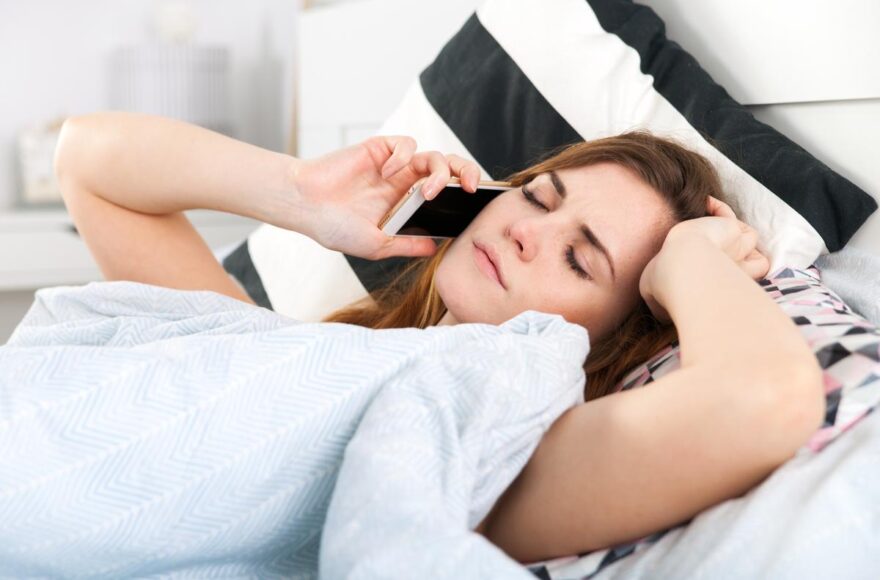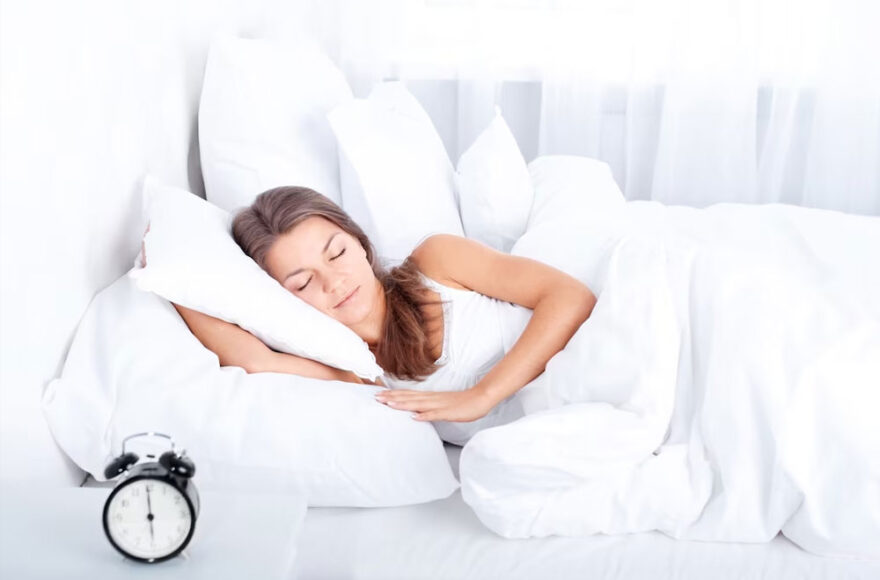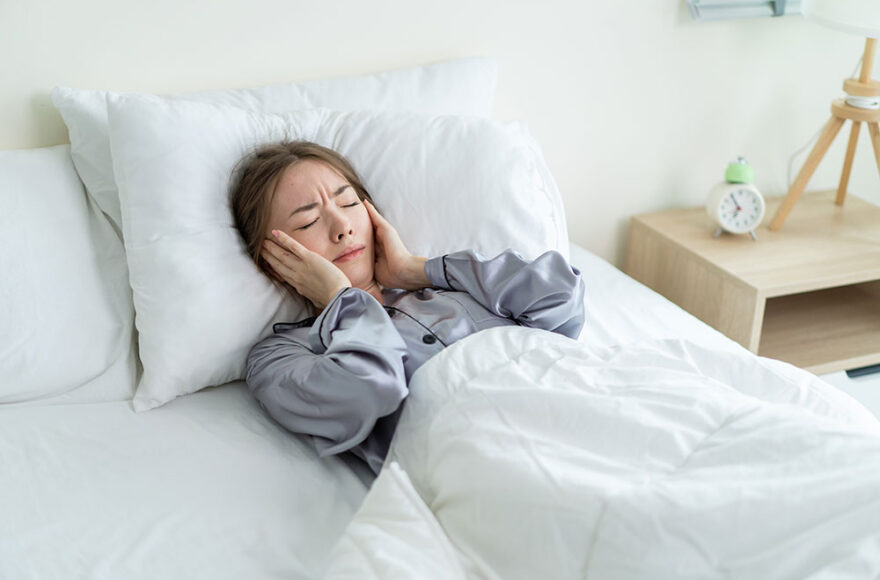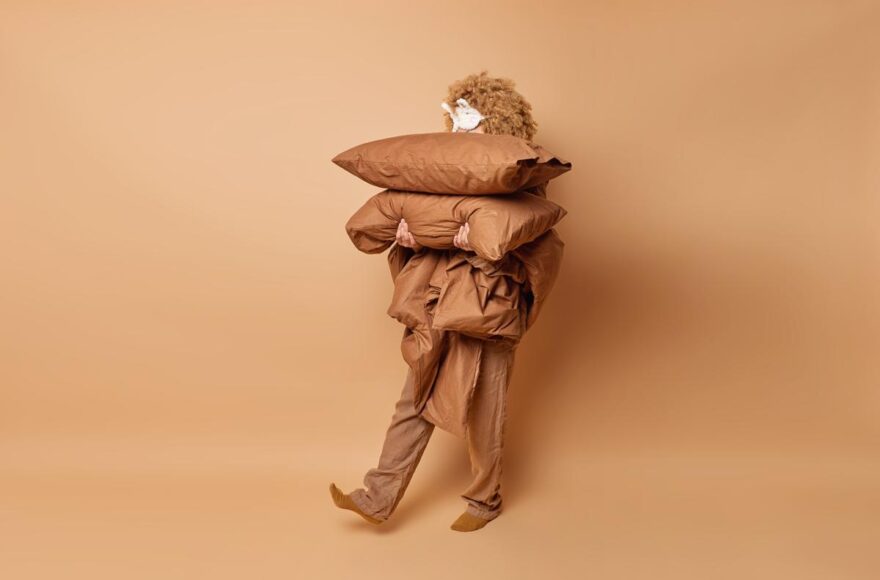12 Things You Must Need to Know About Restless Legs Syndrome

Table of Contents
- Overview
- 1. RSL symptoms vary from person to person.
- 2. RLS can also affect your chest and arms.
- 3. If you move your legs in sleep, it does not mean you have RLS.
- 4. RLS may be caused by multiple factors, including genetics.
- 5. RLS makes you move your legs to temporarily relieve these feelings.
- 6. RLS can make it difficult to fall asleep.
- 7. RLS diagnosis is solely based on the symptoms.
- 8. Home remedies and lifestyle changes can help relieve symptoms of RLS in adults and children.
- 9. Medical treatment to manange RLS symptoms.
- 10. Babies and children can also suffer from Restless Legs Syndrome
- 11. RLS and pregnancy
- 12. There is no cure, but new discoveries are hope
Overview
Restless leg syndrome(RLS) is a painful and uncomfortable condition. People with RLS experience a strong urge to move their legs when resting or in bed. This urge is often caused by unusual sensations, such as crawling, tingling, aching, or twitching, which make it difficult for the person to remain still.
RLS is classified as a sleep disorder; its symptoms typically appear later in the day or at night. It is more commonly observed in older adults who are over 65 years of age. Diagnosis and treatment of RLS are based solely on the symptoms exhibited by the individual, as there is currently no cure for the condition. However, certain home remedies and lifestyle changes can help to alleviate RLS symptoms. Doctors may prescribe medications to reduce pain and stress if these remedies are ineffective.
If you want to learn more about RLS, there are 12 essential facts that you should know. Understanding these facts can help you manage RLS symptoms and achieve better sleep.
1. RSL symptoms vary from person to person.
RLS is a neurological disorder that involves a powerful impulse to move body parts. Still, the exact symptoms of restless leg syndrome vary widely. And it can only be explained by the person who feels it. It causes the following sensations:
- Aching
- Crawling
- Creeping
- Electric feelings
- Itching
- Pulling
- Throbbing
- Tingling
These symptoms could worsen in the evening or when you are in bed. The sensations may range from uncomfortable to irritating to painful. Episodes also vary in frequency. Most people have mild RLS symptoms that may not occur every night. Symptoms can come and go. But in severe cases, symptoms may occur twice a week or every night.
This can disturb your sleep and daily life by making you restless at night and even during the day. And also cause daytime sleepiness and fatigue that can harm your physical and mental health. The RSL symptoms can worsen with age.
2. RLS can also affect your chest and arms.
The name shows that RLS restless leg syndrome can affect the legs but also affects the arms, chest, and head. RLS symptoms affect both sides of the body, but some people have them on only one side.
And it might start on one side and then move to the other. That is why RSL is also known as Willis–Ekbom disease. These two early scientists studied the condition and named it an RLS.
3. If you move your legs in sleep, it does not mean you have RLS.
If you twitch or move your arms or legs in your sleep, that does not mean you have RLS. There is another condition known as periodic limb movement disorder (PLMD). It is characterized as repetitive limb movements in sleep, which can disturb sleep.
Although many people with RLS have PLMD. But people who twitch or move in sleep do not have RLS. Also, there is one key difference between RLS and PLMD. RLS causes voluntary movement, whereas PLMD is involuntary.
The exact cause of PLMD is still unclear, but it is linked to nerve abnormalities. PLMD mostly occurs in middle-aged and older people. Some other things can make you move your arms and legs in sleep, such as medications or Parkinson’s disease. Or sleep-related leg cramps are similar to muscle cramps you have in the daytime.
Another condition that can make your arms and legs move in sleep is called sleep-related rhythmic movement disorder (SRRMD). It is more common in children under five and usually involves body rocking or leg banging movements. Moreover, leg movements in babies are also associated with benign sleep myoclonus of infancy (BSMI). This movement disorder starts in young babies and can cause repetitive jerks of the limbs.
4. RLS may be caused by multiple factors, including genetics.
Doctors still do not know the exact cause of RLS. Still, many factors, such as genetics and environmental triggers, can onset the RLS. RLS can cause by the following possible factors:
Genetics:
40-90 percent of people with RLS have some family history of the condition. Five gene variants associated with RLS. If it runs in the family and symptoms, usually start before age 40. The researchers believed that these genes are involved in the development of neurons, but further research is needed.
Broken dopamine signals:
Research suggests that the medications used to treat Parkinson’s can cause RLS. RLS is linked to a disruption in the dopamine pathways in the brain, and Parkinson’s disease is also related to dopamine.
Brain iron deficiency:
RLS is also associated with low levels of iron in the brain. However, the blood test shows your iron level is normal. More research is needed to clarify how the brain can be low in iron while other organs in the body show normal levels.
Enviormental factors:
Many environmental factors can also cause RLS. Some of them are:
-
- Medications treat nausea, mental health disorders, colds, allergies, cardiovascular conditions, or high blood pressure.
- Health problems, like neuropathy, diabetes, iron deficiency, or kidney failure.
- Excessive use of alcohol and caffeine.
- Stress and anxiety.
- Pregnancy, especially during the 3rd trimester.
<liClass=”mb-50″>Sleep deprivation and sleep disorders like sleep apnea can also worsen or trigger symptoms.
5. RLS makes you move your legs to temporarily relieve these feelings.
People with RLS will keep their legs in a continuous motion to minimize or prevent the sensations. It helps reduce the natural urge to move the legs. But the sensations often reoccur once the movement stops.
People with RLS will stretch, jiggle their legs, or do walking when they have symptoms. Or they pace the floor, constantly move their legs while sitting, toss, and turn in bed.
6. RLS can make it difficult to fall asleep.
The RLS symptoms can make it difficult to fall asleep or stay asleep. The painful sensations can keep you awake and restless all night which can cause sleep deprivation. People with RLS feel symptoms from late afternoon or evening, which worsen at night.
The lack of sleep can cause physical and mental health problems. RLS causes daytime sleepiness which leads a person goes through stress and depression. While less sleep can increase the risk of heart disease. Other than these damages, RLS can harm your relationships also.
If you are suffering from RLS, it also affects your partner. RLS can also affect your sex life and make it difficult for your partner to sleep with you in bed. Also, you have a sleepless night and make movements and noises, which can keep your partner awake. And lack of sleep can cause sleepiness and anxiety in the daytime, which makes you unable to respond to your partner effectively.
7. RLS diagnosis is solely based on the symptoms.
RLS is only diagnosed by symptoms; no single test can confirm or rule out RLS. Only the person with RLS can describe symptoms. Because it’s a symptomatic condition, symptoms can vary in severity and frequency. Somehow, the following symptoms can help to diagnose RLS:
- You feel a strong urge to move your legs, usually accompanied by unpleasant or uncomfortable sensations.
- You have the urge to move the legs, or symptoms get worse during rest or inactivity
- Your symptoms can come and go or be temporarily relieved by movement, such as walking or stretching.
- Your symptoms get worse in the evening and at night. But are mild or absent in the early part of the day.
- The urge to move your legs is caused by any other medical or behavioral condition.
After confirming the symptoms, the doctor can check the presence and absence of symptoms during the daytime and at night. Also, consider the triggers and relieving factors. The doctor can ask you the following things.
- Your medical and family history.
- List of current medications you use.
- The duration, frequency, and intensity of symptoms.
- What movements help to relieve symptoms?
- How much time do you take to fall asleep?
- Any pain related to symptoms.
- Ask about your daytime sleep patterns and the tendency of sleepiness, disturbance of sleep, or daytime function.
Further, he may recommend a neurological and physical exam. Also, some laboratory tests rule out medical conditions such as kidney failure, iron deficiency anemia, or pregnancy. After these tests, the doctor may recommend sleep studies such as polysomnography.
The person sleeps in a sleep laboratory where brain waves, heartbeat, breathing, and leg movements are recorded during an entire night. It is helpful to diagnose other causes of sleep disruption (e.g., sleep apnea). But sleep study is not linked with a sleep study.
8. Home remedies and lifestyle changes can help relieve symptoms of RLS in adults and children.
Home remedies and lifestyle changes are effective in relieving RLS symptoms. Doctors consider these as the first line of treatment for RLS. This includes:
- Hot baths, massaging, and rubbing your legs: Before bed, soak your legs in warm water and gently massage them. The massage can relax the leg muscles. A 2007 study found that improving circulation and releasing dopamine caused by massaging the legs may alleviate the symptoms.
- Applying hot or cold packs: When you feel symptoms, using a heating pad or cold packs on your legs may lessen the restless feeling.
- Good sleep hygiene: Healthy sleep habits can help you fight fatigue and sleep deprivation caused by RLS. The doctor asks you to keep a regular sleep schedule, with the same bedtime and wake-up time every day of the week. An optimal sleep environment and avoiding distractions or strong emotions before bed. These good sleep habits ensure you a good night’s sleep.
- Practice yoga or meditation: Yoga and meditation can help to relieve stress, which often triggers the symptoms of RLS.
- Exercise your legs: Studies show that regular moderate exercise can lessen the severity of symptoms for people with RLS. Get some exercise daily for at least 30 minutes(not too close to bedtime). Avoid intense exercise that hurts your joints, and stretch after every session. Some of the best low-impact activities for this condition are walking, cycling, and swimming.
- Avoid caffeine, alcohol, and tobacco: Alcohol and caffeine can worsen your RLS symptoms. Reducing or eliminating your caffeine, alcohol, and tobacco intake can help reduce the severity of RLS symptoms.
- Eat a healthy and balanced diet: Some high-calorie foods, such as sugary sodas and fried and ultra-processed foods, may also trigger the symptoms. Although there is no specific diet for people with RLS. But a healthy and balanced diet can help relieve symptoms and live better. Eat lots of dark leafy greens, dark fruits, legumes, lean meat, and fresh fruits.
9. Medical treatment to manange RLS symptoms.
The doctor recommends medical treatments if home remedies and lifestyle changes are ineffective in managing symptoms. Treatment of RLS includes:
Iron supplements: The doctor recommends iron supplements if the blood test shows low iron levels in the blood. Iron is considered the first-line treatment to manage RLS symptoms. You may have common side effects like upset stomach, which may improve by using a different iron supplement.
Anticonvulsants: These are the first-line treatment for relieving RLS symptoms. These drugs help lessen sensory disturbances such as creeping and crawling. These include:
- gabapentin (Neurontin)
- gabapentin enacarbil (Horizant)
- pregabalin (Lyrica)
You may have side effects like dizziness, fatigue, and sleepiness. Also, it takes several attempts to find the right drug and dosage for you.
Dopaminergic agents(drugs that increase dopamine): These drug increase dopamine
levels and are usually used in the treatment of Parkinson’s disease. When taken at nighttime, they help reduce motion in your legs. Drugs in this group include:
- Pramipexole (Mirapex)
- Ropinirole (Requip)
- Rotigotine (Neupro)
You may have side effects like mild lightheadedness and nausea. But long-term use of these medicines can cause daytime sleepiness, impulse control disorders, and worsening RLS symptoms.
Sleep aids and muscle relaxants (benzodiazepines): These drugs can help you sleep better and reduces RLS symptoms. But can cause daytime sleepiness, reduce energy, and affect concentration. Medicines in this group include:
- Clonazepam (Klonopin)
- Eszopiclone (Lunesta)
- Temazepam (Restoril)
- Zaleplon (Sonata)
- Zolpidem (Ambien)
These are used to treat anxiety, muscle spasms, and insomnia. In some people, it may induce or aggravate sleep apnea. For that reason
these drugs are not used in people with sleep apnea and are last-line drugs.
Narcotics (opioids): These medications can help decrease pain, reduce unusual sensations, and help you relax. Drugs in this group include:
- Codeine
- Oxycodone (Oxycontin)
- Combined hydrocodone and acetaminophen (Norco)
- Combined oxycodone and acetaminophen (Percocet, Roxicet)
But it can cause addiction, and side effects include constipation, dizziness, nausea, and exacerbation of sleep apnea. However, very low doses recommend for managing RLS symptoms.
10. Babies and children can also suffer from Restless Legs Syndrome
Babies and children can also suffer from RLS and experience tingling and pulling sensations like adults. It is very hard to diagnose and sometimes challenging too. Because babies can’t talk and children cannot explain these unusual sensations.
They have an overwhelming urge to move their legs. But children have symptoms during the day, opposite to adults. RLS can interrupt a child’s sleep, making it inattentive, irritable, or fidgety. Children with RLS move their legs and may show disruptive or hyperactive behavior. Diagnosis and treatment based on the child’s description of symptoms.
11. RLS and pregnancy
Pregnant women may suffer from RLS, usually in the last trimester. But this RLS is temporary, and the symptoms typically go away within 4 weeks of delivery. The cause is unclear, but a combination of low iron and high estrogen levels may trigger the RLS. Home remedies and lifestyle changes can help to manage RLS symptoms.
12. There is no cure, but new discoveries are hope
There is no cure for RLS, and treatment revolves around managing symptoms. And in the past, people frighten by RLS, but as time passes, scientists have researched to find a way to treat RLS symptoms. Now more people know about RLS, and scientists are researching newer and alternative treatments for RLS. So there is hope on the horizon for people with RLS.
